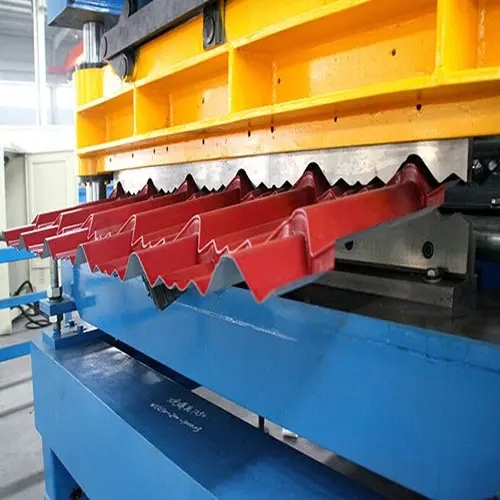
Understanding Purlin Machine Prices An In-Depth Analysis
As the construction industry continues to evolve, machinery that enhances efficiency and precision has become increasingly important. One such machine is the purlin machine, which plays a vital role in the fabrication of purlins—horizontal beams used in roofing and framing systems. Understanding the price of purlin machines involves several key factors that influence both the initial investment and total cost of ownership.
What is a Purlin Machine?
A purlin machine is designed to produce various types of purlins from steel. These machines can create cold-formed steel sections that are crucial for supporting roofs and wall structures in industrial, commercial, and residential buildings. The functionality and adaptability of purlin machines vary significantly, with some models allowing for the adjustment of sizes and shapes to meet specific construction needs.
Factors Influencing Purlin Machine Prices
1. Type of Machine The price of purlin machines can vary widely based on the type. Fully automated models typically command higher prices than manual or semi-automated machines due to their productivity and ease of use. High-end machines equipped with advanced technology, such as computerized controls, are generally more expensive but can save money in the long run through increased efficiency and reduced labor costs.
2. Specifications and Capabilities The intended use of the purlin machine also affects its price. Machines that can produce a wider range of sizes and shapes or have higher production capacities will generally cost more. Additionally, machines with enhanced features such as quick-change tooling systems and high-speed operation capabilities will also come with a premium price tag.

3. Material Used The quality of the materials used in the construction of the machine plays a significant role in determining its price. Machines made from high-grade steel and designed for durability will likely be more expensive than those made from less robust materials. Investing in a higher-quality machine can lead to lower maintenance costs and a longer lifespan.
4. Brand and Manufacturer Reputation Established manufacturers often offer products that come at a premium due to their reputation for quality and reliability. While cheaper alternatives may be available, they might not match the performance or durability of well-known brands. It’s essential to conduct thorough research on manufacturers and read reviews to gauge the reliability and after-sales support before making a decision.
5. Additional Features and Customization Purlin machines can be customized with features such as automatic stacking systems, integrated software for design and manufacturing processes, and enhanced safety features. Each added feature can contribute to the overall price of the machine, so understanding the specific needs of your operation can help in making an informed purchasing decision.
Average Price Range
The price of purlin machines can range from a few thousand dollars for basic models to upwards of fifty thousand dollars or more for high-end, fully automated systems. Businesses should evaluate their production needs, budget constraints, and the potential return on investment when considering the purchase of a purlin machine.
Conclusion
In summary, the price of purlin machines is influenced by various factors including the type of machine, its specifications, the quality of materials, the brand reputation, and any additional features. When purchasing a purlin machine, prospective buyers should not only consider the upfront costs but also the long-term value it can bring to their operations. Investing in the right equipment can lead to increased efficiency, reduced labor costs, and improved productivity in the construction industry, ultimately leading to a profitable return on investment. Whether you are a small contractor or a large construction firm, understanding the dynamics of purlin machine pricing is crucial for making informed decisions in your business.